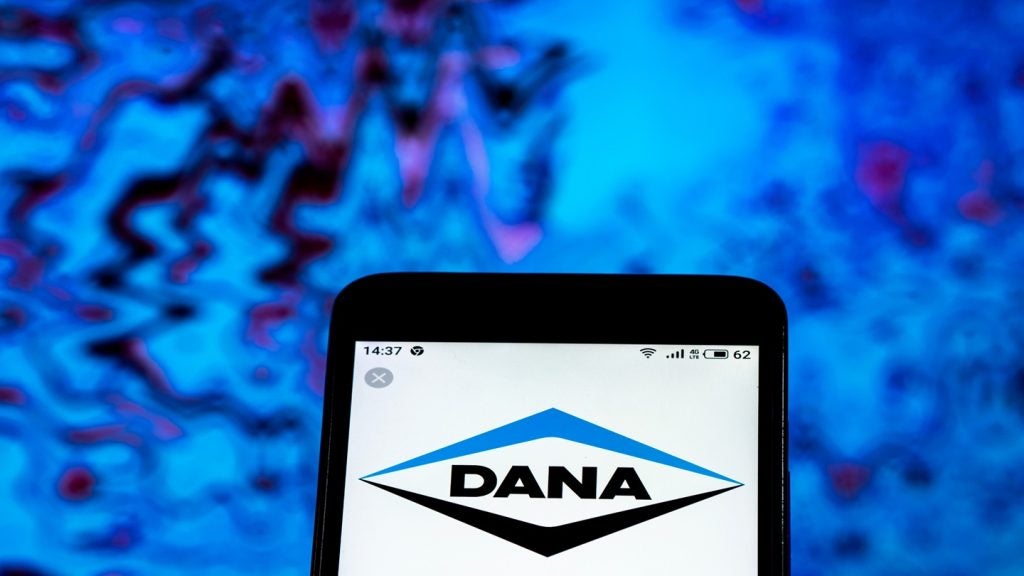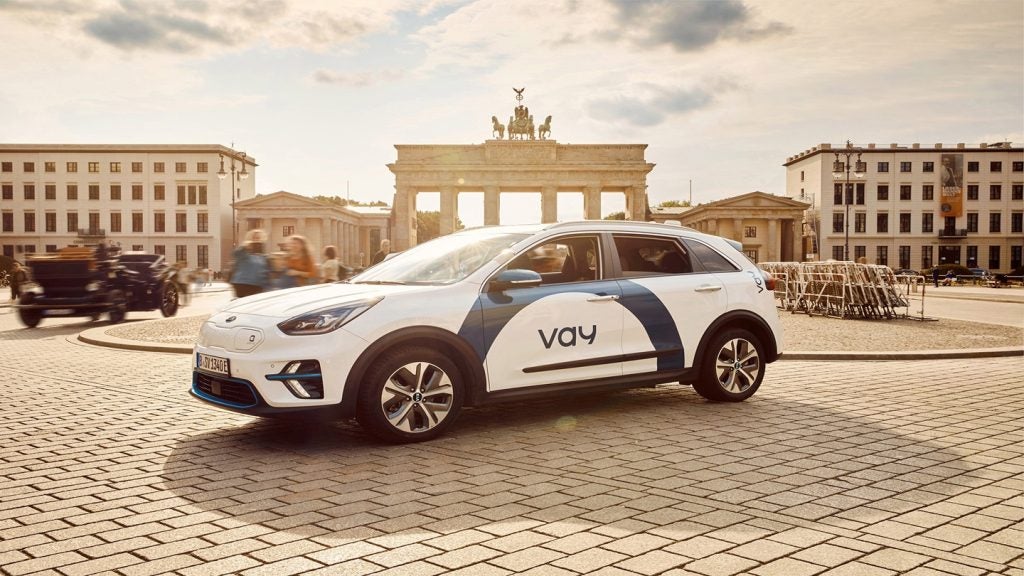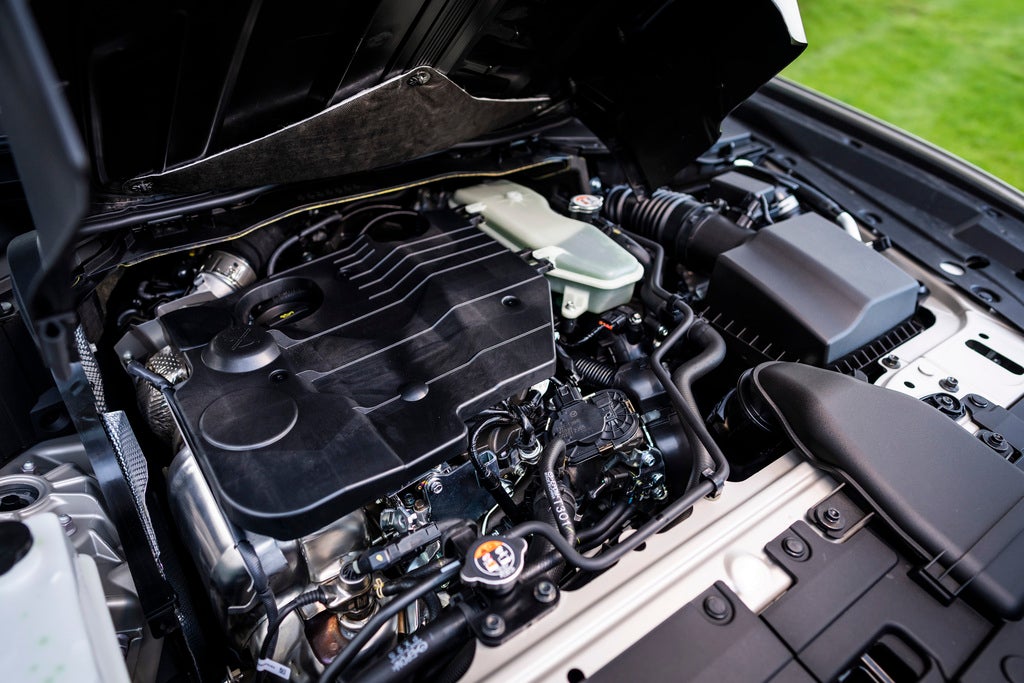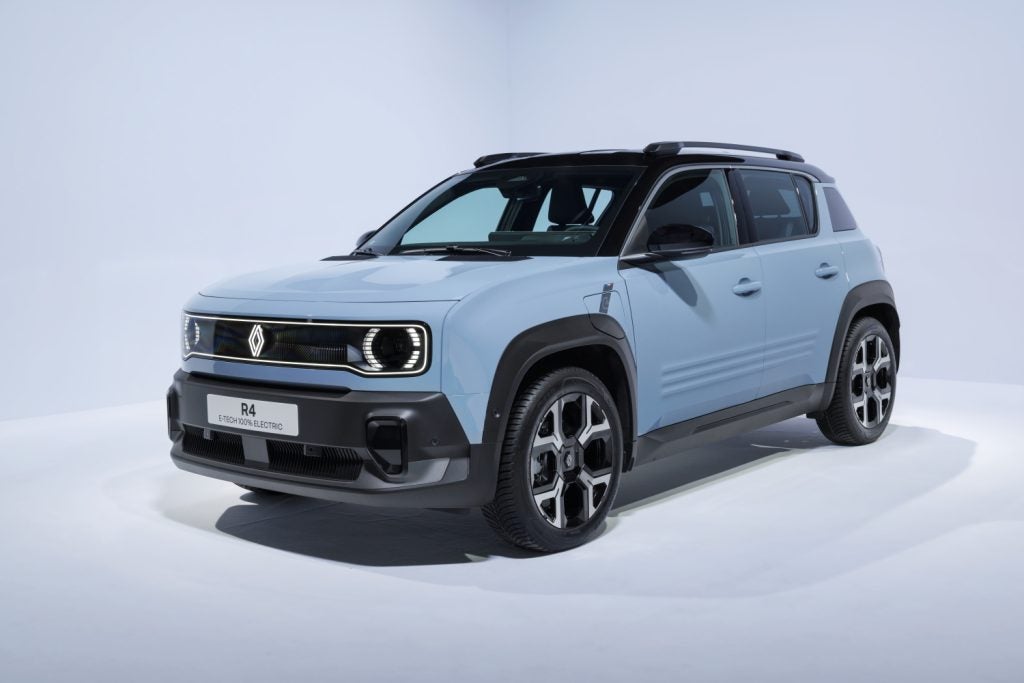 One thing you can usually rely on is the four-year Japanese model replacement cycle, at least for volume-selling lines, writes just-auto.com deputy editor Graeme Roberts.
One thing you can usually rely on is the four-year Japanese model replacement cycle, at least for volume-selling lines, writes just-auto.com deputy editor Graeme Roberts.
And so, bang on cue, four years since its predecessor was unveiled, Honda has revealed its redesigned Accord which will go on sale across the US on September 9 as a 2003 model with increased dimensions (every Accord generation since the 1976 original has been larger than its predecessor), restyled (stiffer) body and all-new cabin, uprated suspension and driveline plus increased standard equipment (anti-lock brakes and telescopic-adjust steering column are now standard on all US market models).
The US cars also get a new DVD-based navigation system that works on voice commands and can help a driver find such road trip essentials as cashpoints or service stations.
 Similar-looking models, differing only in their engine/transmission specifications, regional lighting requirements and steering wheel position, will be progressively introduced around the world over the next year or so in markets as diverse as Japan, Thailand, Australia, New Zealand and continental Europe.
Similar-looking models, differing only in their engine/transmission specifications, regional lighting requirements and steering wheel position, will be progressively introduced around the world over the next year or so in markets as diverse as Japan, Thailand, Australia, New Zealand and continental Europe.
The 2003 Accord line car marks a change of strategy for Honda’s volume-selling mid-ranger: the 1998-2002 generation was actually three separate distinctly styled lines.
How well do you really know your competitors?
Access the most comprehensive Company Profiles on the market, powered by GlobalData. Save hours of research. Gain competitive edge.

Thank you!
Your download email will arrive shortly
Not ready to buy yet? Download a free sample
We are confident about the unique quality of our Company Profiles. However, we want you to make the most beneficial decision for your business, so we offer a free sample that you can download by submitting the below form
By GlobalDataOne line was built in Japan, for Japan, and introduced a unique station wagon variant at the same time the body style was dropped from the US line-up.
The second body style was built in Thailand, China and the US for US, Australian, New Zealand, Asia-Pacific and Chinese markets (the coupe variant was produced only in the US but widely exported).
 The third line, narrower and also uniquely styled, was built only in England for sale there and in Europe.
The third line, narrower and also uniquely styled, was built only in England for sale there and in Europe.
The UK-built Accord line, while generally accepted as a fine car, never caught on as well with UK buyers (especially company fleets) as Honda UK hoped and European sales also fell short of expectations.
So, for the 2003 model year redesign, Honda is trying a new one-size-fits-all strategy with essentially the same car built in Japan and the USA for sale all over the world. Thai and Chinese assembly is likely to commence late this year or early next.
Meanwhile, the current European model’s place on the assembly lines at Honda UK’s Swindon plant is being turned over to increased Civic three-door and CR-V SUV assembly with the bulk of production sold in Europe, the USA or Japan.
The Accord’s key world market will continue to be the USA where assembly began at Ohio in the early 1980s. Successive generations have dominated the mid-sized car sales charts for at least a decade, with the once supreme Ford Taurus eventually being knocked off the top perch by the upstart ‘import’.
 Last year, the Accord beat off both the Ford (last restyled for the 2000 model year) and Toyota’s Camry (fully redesigned for 2002) to reach 414,718 sales and again dominate its segment.
Last year, the Accord beat off both the Ford (last restyled for the 2000 model year) and Toyota’s Camry (fully redesigned for 2002) to reach 414,718 sales and again dominate its segment.
As with the outgoing 2002 Accord line, US buyers will have a choice of in-line four or V6 petrol engines for their 2003 models but both engines have been improved and are more powerful and more economical than their predecessors.
Base US-market engine is a now a 2.4-litre unit (up from 2.3) and delivers 160bhp and 24 city and 33 highway economy, a 10 percent improvement. This motor offers 10 extra horsepower over the old 150bhp 2.3 used in the 2002 EX versions, the cheaper LXs had a 135bhp 2.3.
European versions will most likely get a two-litre petrol engine as an alternative (or in place of) the US market’s 2.4 (as is the case with the CR-V SUV) and Honda confirmed months ago that European buyers will also be offered the company’s first in-house designed diesel engine, developed with help from Isuzu which supplies a smaller unit for UK-built Civics.
The Accord is likely to get a turbocharged and intercooled unit of around two-litres capacity, meeting rivals such as Ford’s Mondeo, VW’s Passat, Nissan’s Primera, Renault’s Laguna and Toyota’s Avensis (due for a full redesign within months) head-on in the battle to appeal to European diesel buyers.
Given Honda’s record with innovative petrol units, the new Accord diesel will feature state-of-the-art technology including with high pressure common rail direct injection, and electronic injection metering and ‘drive-by-wire’ electronic throttle control, at the very least.
The 2003 V6 petrol Accords sold in the US will have 240bhp on tap, a healthy increase on the 2002 V6’s 200bhp output but it’s not yet clear if this engine will be offered in European models. It will certainly be made available, as was the previous V6, in various Asia-Pacific markets, as well as Australia and New Zealand.







